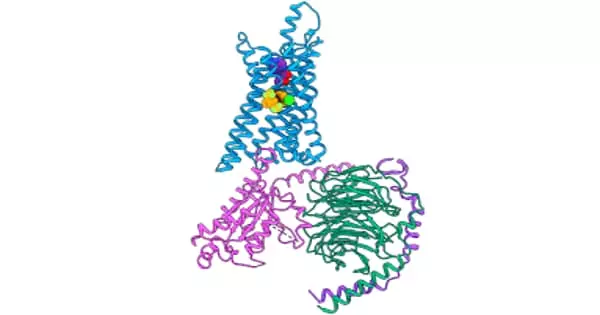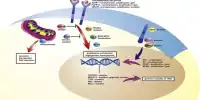Pathways to Safer Opioid Use is an interactive training program that promotes the appropriate, safe, and effective use of opioids for chronic pain management. Medical professionals play an important role in ensuring that opioids are used correctly. Prescription opioid pain relievers can help treat pain after surgery or an injury, but they come with serious side effects such as addiction, overdose, and death. Even if you take these pain relievers as prescribed, the risks increase as you take higher doses or for a longer period of time. Your risks are also increased if you use other drugs, such as benzodiazepines (which are commonly used to treat anxiety and sleep), or if you obtain opioids from multiple doctors and pharmacies. Medicare is committed to assisting you in the safe use of prescription opioid pain medications.
Researchers may have discovered new answers to the question of how to make safer opioids. Create a new opioid that bypasses the pleasure center of the brain while retaining the analgesic properties that have made opioids one of the most effective pain relievers. Researchers investigated how opioids became so widely abused.
Researchers examined how opioids became so widely abused in a study published in Nature. “We identified a major source of how mu-opioids mediate reward,” said lead author Daniel Castro, who is an acting instructor in anesthesiology and pain medicine at UW Medicine and a member of The Bruchas Lab, which studies how neural circuits affect motivated behaviors. “We provided a blueprint of the system’s operation.”
Mu-Opioids, like morphine, act on specific receptors in the brain, like keys in a lock. We discovered a new brain pathway in which these receptors have powerful effects on reward consumption behavior.
Michael Bruchas
They looked at the nucleus accumbens, which is a key region in the brain’s reward circuit. When we do something rewarding, dopamine neurons project to this area of the brain, making us feel good and wanting more.
“Mu-Opioids, like morphine, act on specific receptors in the brain, like keys in a lock,” said Michael Bruchas, anesthesiology and pain medicine professor at the University of Washington. “We discovered a new brain pathway in which these receptors have powerful effects on reward consumption behavior.”
They discovered opioid receptors in the dorsal raphe nucleus, which is located near the back of the brain by the brain stem. They alter communication between the raphe and the nucleus accumbens, which are located in the front of the brain.
“This finding was pretty unexpected,” said Castro.

Bruchas stated that previous research had solely focused on how mu-opioid receptors alter dopamine transmission. According to Castro, in order to create a safe opioid, pharmaceutical companies would need to either bypass or create ways to bias the drug’s effect away from the dorsal raphe and toward the nucleus accumbens pathway.
The researchers concentrated their efforts on the opioid peptide receptor MOPR. MOPR alters respiration, analgesia, reward behavior, and can cause substance abuse and overdose when stimulated. This is the most common opioid peptide receptor that is activated by opioid pain relievers and abused opiates. Changing its function can result in agonizing withdrawal and encourages further abuse. This is why people may find it difficult to refrain from using drugs such as heroin or morphine.
Researchers were able to make this discovery by utilizing cutting-edge neuroscience and pharmacology tools. In vivo calcium imaging, CRISPR Cas-9 (a technique that won the Nobel Prize in 2020), fluorescent in situ hybridization, and optogenetics, an approach that has revolutionized neuroscience, are among the tools.
The study opens up many new avenues for further research into what other behaviors the system mediates or moderates, potentially opening up new avenues for opioids or other pain-relieving drugs.
Meanwhile, the opioid crisis has been ongoing for more than two decades. The first wave began with increased opioid prescribing in the 1990s, followed by overdose deaths involving prescription opioids. The second wave began in 2010, with rapid increases in heroin overdose deaths, and we are now in the third wave of synthetic opioids.
Overdose deaths involving opioids, including prescription opioids, heroin, and synthetic opioids (such as fentanyl), have increased more than sixfold since 1999, according to the Centers for Disease Control. Opioid overdoses killed nearly 50,000 people in 2019, with synthetic opioids accounting for nearly 73% of those deaths. The Bruchas Lab, along with their colleagues at the University of Washington Center for the Neurobiology of Addiction, Pain, and Emotion, is actively researching the science behind new treatments for drug abuse and mental health disorders.
















